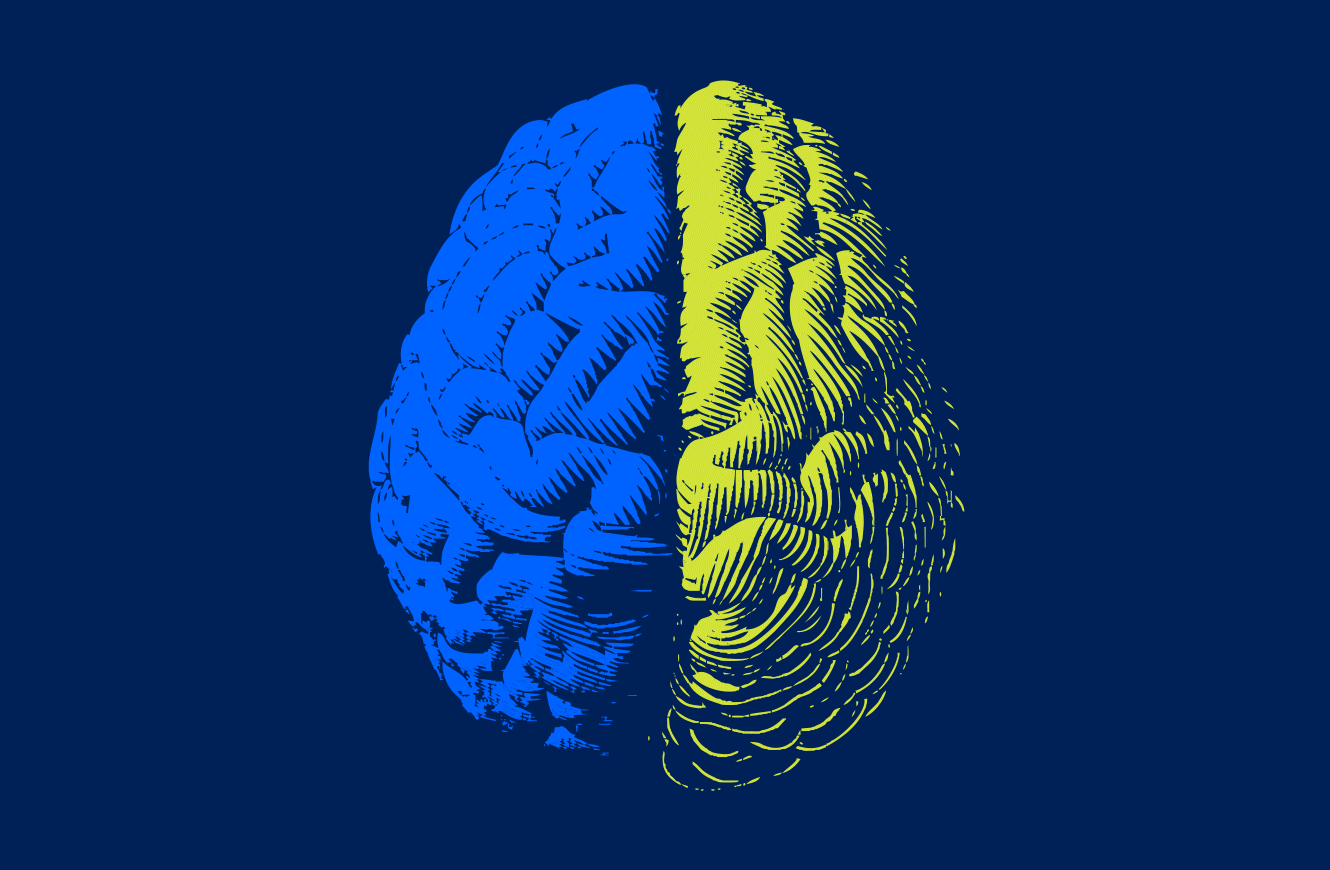In just a few short months, the Coronavirus pandemic has turned the work world upside-down. Fortunately, many organizations have found ways to keep employees connected while promoting social distancing through work-at-home solutions.
This new shift to remote working presents a challenge for organizations. While there are many tools in place to help facilitate this new way of working (Zoom, Google Docs, Slack), remote training capabilities still lag behind.
How do you onboard new employees if you can’t have your usual live training? How can you teach soft skills or sales tactics without having a trainer present in the room?
Digital training is the obvious solution: it’s scalable, it can be incredibly effective and right now, it’s the way to train your remote workforce.
While e-learning is nothing new, in this rapidly changing work environment, it’s essential to re-examine the best practices for turning your in-person training into stunning digital training. Here are our top 5 tips:
1. Learner first, content second.
When converting from in-person to digital training, the initial inclination is to start with the content. It’s an easy mistake to make. After all, communicating information to people who do not have the information is the purpose of training.
For better digital learning, we recommend starting where marketers start: at the end (user).
Before outlining your content, think about the learner’s state of mind—how do they feel and think? What do they say and do?
At Mindspace, we often begin by creating an Empathy Map of the learners. (Empathy Maps are simple quadrants commonly used in design thinking to gain deeper insight into what a user Thinks, Feels, Does and Says.) By doing this, we can make some assumptions about our learners, test those assumptions through conversations with the end-users, and in the end, uncover truth.

In doing this exercise, we can now meet learners where they are. By prioritizing what’s important to them and adjusting our approach we maximize the value of the experience and create more effective digital training.
How do you think your work-at-home learners feel today? Scared? Distracted? Unsure what the future holds?
While dealing with world events, your learners are more likely to have anxiety and stress. Perhaps use a reassuring tone, speak positively about the future and eschew flashy design for more reserved colors.
2. Make it personal by adding personality.
The “trouble” with in-person training is that its success so often depends on the personality and capability of the trainer. The same training can either be amazing or make you wish you were out hunting for toilet paper instead.
Digital training is no different. Often, when converting from in-person to digital, people tend to just copy and paste from their speaker’s notes. In doing so, you lose all the nuances that make in-person learning enjoyable.
After getting your content down, go back, create a unique voice, and apply it to your training. If your organization advertises, you probably already have a voice. Start there or try to replicate the voice and personality of a great trainer in your organization.
You may even consider adding a short video or message from a favorite trainer to capture and capitalize on a personality you know already works.
3. Trim the fat and focus on what matters.
This is a hard one—especially if you’re trying to convert a multi-day training into a digital one. But remember this: when everything is important, nothing is important.
What is it your learners absolutely need to know? What is critical that they must come away with? If something’s not critical, can it be cut? Or do you create a separate e-learning to keep the content, and your learners, focused?
Start with the Ah-Ha Moment (the moment that the lightbulb turns on) and build around that.
But, while planning your content, remember to...
4. Keep it short.
At Mindspace, we say we create learning experiences for the Chronically Distracted. We all have a million things on our plates (and minds) and we’ve been conditioned by media and smartphones to...oh, look at that dog outside my window.
But, I digress. A good rule of thumb is to keep entire lessons under 15 minutes (less is preferable) and to break up those lessons into 2-5 minute chunks.
5. Switch things up.
Because of those short attention spans, it’s vital to re-engage the brain by changing things up a little.
Unless you’re a masochist, reviewing 300 boring templated slides that all look exactly the same will drive anyone bananas.
You have a plethora of tools at your disposal to switch things up: a video, an illustration, a flip card interaction—or even a completely analog activity where you ask users to stop for a moment and meditate—the possibilities are numerous.
One way we switch things up visually at Mindspace is by creating micro-animations to delight the user. It helps break things up and adds a delightful moment. If we find complex topics or walls of text, we bring in some simple animations to give the eye and brain a moment to rest and enjoy before moving on.

The fact is, digital training and e-learnings aren’t perfect replacements for a four-star, hands-on trainer. But they can still be highly engaging, motivational tools that inspire real learning, and in times like these, digital training can help the work world keep working.